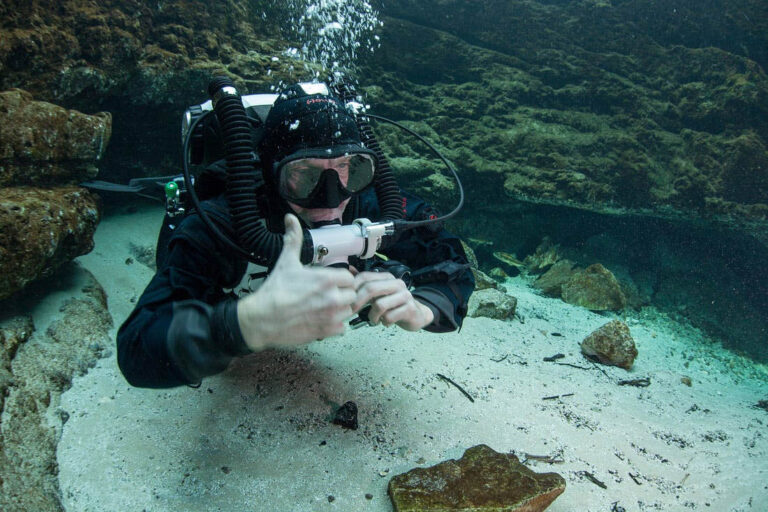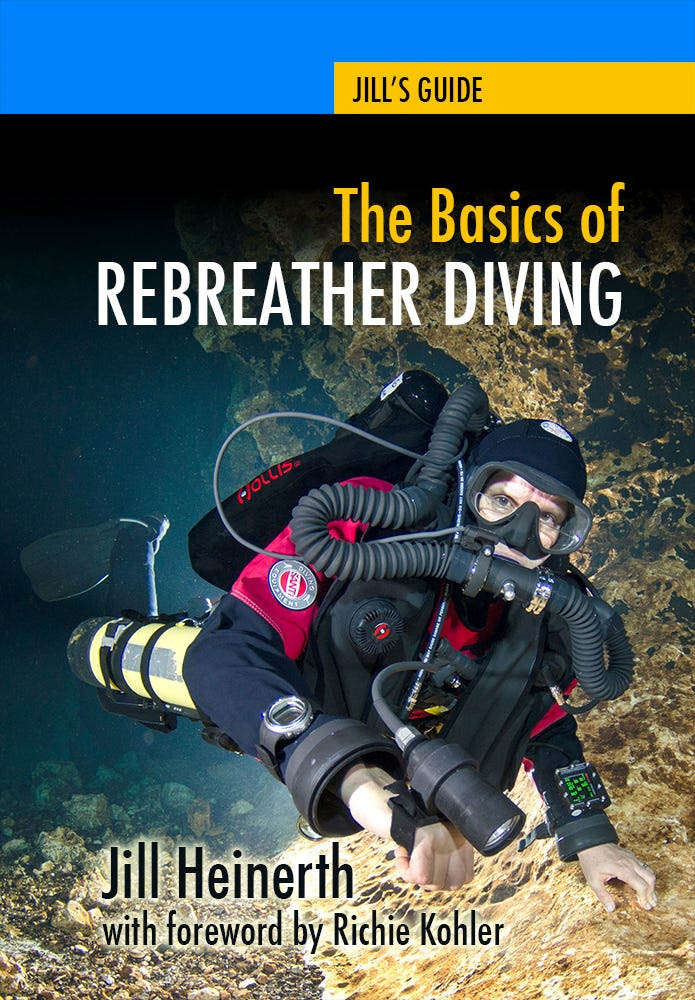Diving with a rebreather is an incredible experience, but it comes with serious responsibilities and risks that aren’t part of open circuit scuba. Just because you’re experienced with traditional scuba doesn’t mean that your knowledge carries over to rebreathers—they’re a completely different beast. That’s why proper training from a qualified instructor is absolutely essential.
When you sign up for a rebreather class, you’re making a big commitment—not just to learning, but also legally. You’ll be waiving some rights, and it’s crucial that you and your family understands the real risks, including the potential for injury or even death.
With a rebreather, safety is 100% on you. That means following your training every single time—using checklists, maintaining your gear, and staying physically fit for diving. Ignoring these things can put you and others in serious danger. Problems can happen at any stage—before, during, or after a dive—and if you don’t handle them correctly, the consequences can be fatal. That’s why you need to know your rebreather inside and out. You should understand every component, how to maintain it, and have a solid plan in place for emergencies. Training and experience aren’t optional—they’re what keep you alive. Decisions made before hitting the water are critical. If the unit fails a pre-dive check, do not dive.
You are the one responsible for your rebreather. That means assembling it properly, checking every system before a dive, and making sure the equipment is in working order. A malfunction can be deadly, so there’s no room for shortcuts. You also need to read and fully understand the instruction manual for your specific unit—your safety depends on it.
Before you take a rebreather into the water, you must:
- be certified by a qualified, active diving instructor who is specifically able to certify divers on your specific brand of rebreather;
- be specifically trained and certified by a qualified instructor in the technology of using and mixing oxygen and other gases;
- have independently ensured that all gases and chemicals being used have been properly prepared and/or analyzed prior to their use;
- have set up and assembled the rebreather using the procedures set forth in the instruction manual for the rebreather, and have double-checked all pre-dive and dive procedures using appropriate checklists.
Diving a rebreather means accepting the reality that things can go wrong—sometimes catastrophically. No piece of equipment is foolproof. You can be exposed to risks like hypoxia, hyperoxia, hypercapnia, decompression sickness, equipment failure, and more. Even if you do everything right, there’s the possibility of something going wrong. That’s why you must have an adequate bailout gas supply and a plan for dealing with emergencies.
Rebreather diving takes time and experience to master. You can’t rush it, and you have to dive regularly to stay proficient. Every dive should be carefully planned, especially for worst-case scenarios, such as a complete system failure.
And one final thing: NEVER modify your rebreather. The only changes that should ever be made are those by the manufacturer. Modifying it isn’t just dangerous—it can void warranties and put your life at risk. Adjusting and perfecting a harness is fine, but do not swap scrubbers, or add 3rd party elements to the breathing loop without consulting the manufacturer first.
Your rebreather is for you and you alone. Don’t sell or lend it to someone who isn’t properly trained. If they get hurt or worse, it’s on you.
Rebreathers open up a whole new world of diving, but they demand respect, knowledge, and discipline. If you’re not willing to take that responsibility seriously, then rebreather diving isn’t for you.
Get Jill’s technical diving guide THE BASICS OF REBREATHER DIVING










